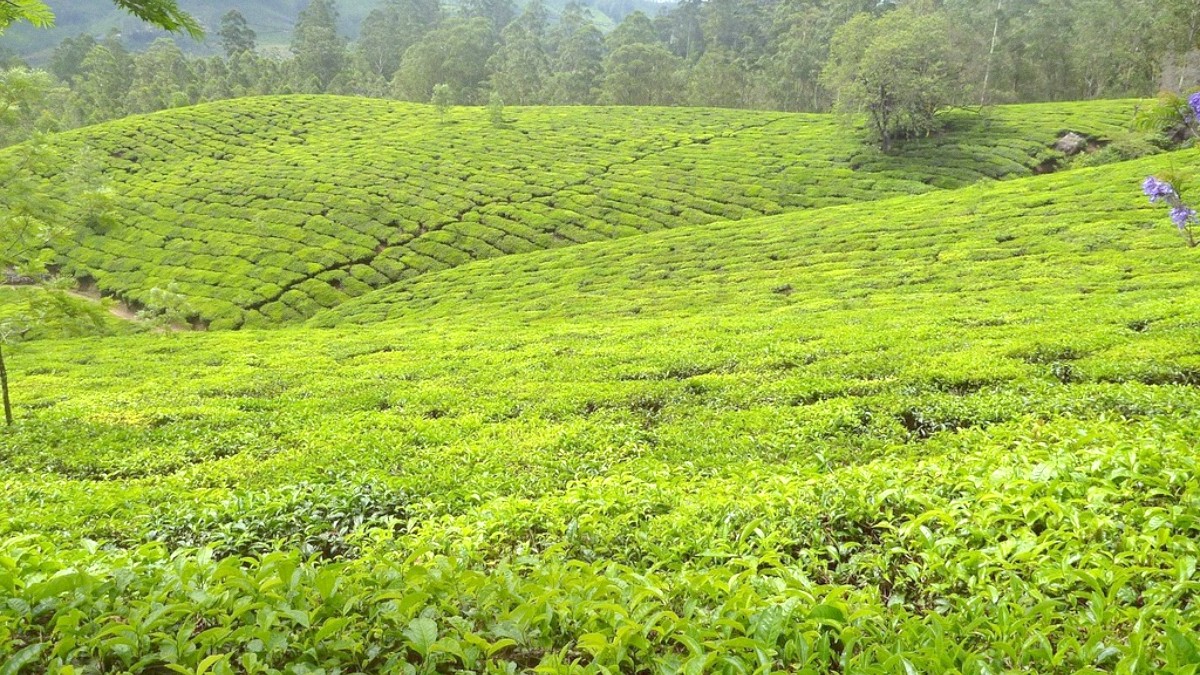
Northeast States, India
The region's numerous rivers and dense forests, along with its unique tribal cultures, heavily shape the culinary traditions. Rice is the staple, forming the base of almost every meal, often accompanied by fish, various meats, and a wide array of leafy greens and herbs.
Fermentation and smoking are traditional preservation techniques, reflecting the historical need to store food. The cuisine aims for a balance of flavors: sour (tenga), alkaline (khar), and fresh, often with a hint of mustard oil.
Meals traditionally eaten with the right hand. Remove footwear indoors. Guests are served generously; refusing food might seem impolite. Sitting on the floor for meals is common in rural settings. Avoid serving from the same plate due to hygiene beliefs.
Usually light, consisting of roti, paratha, or local snacks like 'ghugni' (chickpea curry).
Lunch is often the main meal: a large platter (thali) of rice, daal, vegetable dishes, fish or meat curry. Dinner is similar but often lighter, typically between 8 PM and 9 PM.
Khaar: An alkaline dish, often with raw papaya and lentils, sometimes fish. Traditionally the first course, believed to cleanse the palate.
Tenga Maas: A light and tangy sour fish curry, using local river fish and souring agents.
Aloo Pitika: Simple mashed potato dish seasoned with mustard oil, onion, green chilies. A common side.
Find in traditional Assamese thalis at local restaurants.
Pani Hamuk (Snail Meat): Traditional delicacy, often with fermented bamboo shoots. Found in specialized local eateries.
Duck Meat Curry: Rich, flavorful curry often with ash gourd. Popular during festivals.
Masor Tenga (Fish Curry): A staple, prepared with different souring agents based on seasonal availability.
Seek out specialized local eateries or festive menus.
Momos: Steamed or fried dumplings.
Pani Puri/Phuchka: Crispy hollow balls with spiced potatoes and tangy water.
Chaat: Various savory snacks.
Pithas: Traditional rice cakes, sweet or savory (Til Pitha, Narikol Pitha).
Narikel Laru/Tilor Laru: Sweet balls of coconut or sesame.
Widely popular in market areas, especially Fancy Bazaar and Paltan Bazaar in Guwahati.
Narikel Laru: Sweet balls from grated coconut and jaggery/sugar.
Tilor Laru: Sweet balls from roasted sesame seeds and jaggery.
Gula Pitha: A sweet, round rice pancake.
Doi-Chira: Flattened rice with yogurt and jaggery/sugar. A breakfast staple, especially during Bihu festivals.
Mainly in Guwahati's upscale hotels (e.g., Vivanta by Taj, Radisson Blu). These restaurants feature multi-cuisine menus (Indian, Continental, Asian) and a refined dining atmosphere.
These are plentiful in cities and larger towns. They present a mix of Assamese thalis, Indian (North Indian, South Indian), and popular Chinese cuisine.
Found throughout cities, especially around markets and busy areas like Paltan Bazaar and Fancy Bazaar in Guwahati.
Fancy Bazaar, G.S. Road (Guwahati) feature diverse food options: street stalls, snack vendors, casual restaurants, and cafes.
Bustling atmosphere for sampling local fare.
In rural areas, these markets have fresh produce, local snacks, and sometimes prepared foods, giving a glimpse into local life.
Authentic local experience.
Limited options outside the capital.
Chinese, Thai, Italian, and other global dishes.
Major international chains present in Guwahati.
Best for consistent international quality.
Rice-based meals are naturally gluten-free. Avoid wheat-based breads (roti, naan, paratha) and fried items that may use wheat flour. Communicating cross-contamination needs may be challenging.
Focus on simpler, traditional rice and vegetable dishes.
Nuts and dairy are common in Indian cuisine. Always inquire about ingredients. Carry an Allergy translation card written in Assamese or Hindi for communication.
Translation apps are beneficial.
Homestays often accommodate dietary needs better due to personalized cooking.
When eating street food, choose stalls that appear clean and busy (high turnover).
Some guesthouses or homestays, especially on Majuli Island or in rural areas, may feature informal cooking demonstrations.
Food walks gain popularity in Guwahati's street food areas.
Visits to tea estates present insights into tea cultivation and production, often concluding with tasting sessions.
This harvest festival features community feasts ('Bhoj') with newly harvested rice, fish, and various meat preparations. Many types of Pithas and Laru are prepared.
A significant community event.
The Assamese New Year has traditional snacks and sweets. Tribal festivals present unique feasting traditions, often featuring smoked meats and local rice beer.
Experience rich tribal culinary diversity.
Explore a distinct flavor profile with a focus on fresh, local ingredients and unique sour/alkaline tastes.
Meals are deeply tied to cultural traditions, often reflecting tribal practices and seasonal harvests.
From budget street food to mid-range restaurants, Assam's dining scene presents great value.
Engage with local hosts for authentic dining experiences, especially in homestays.